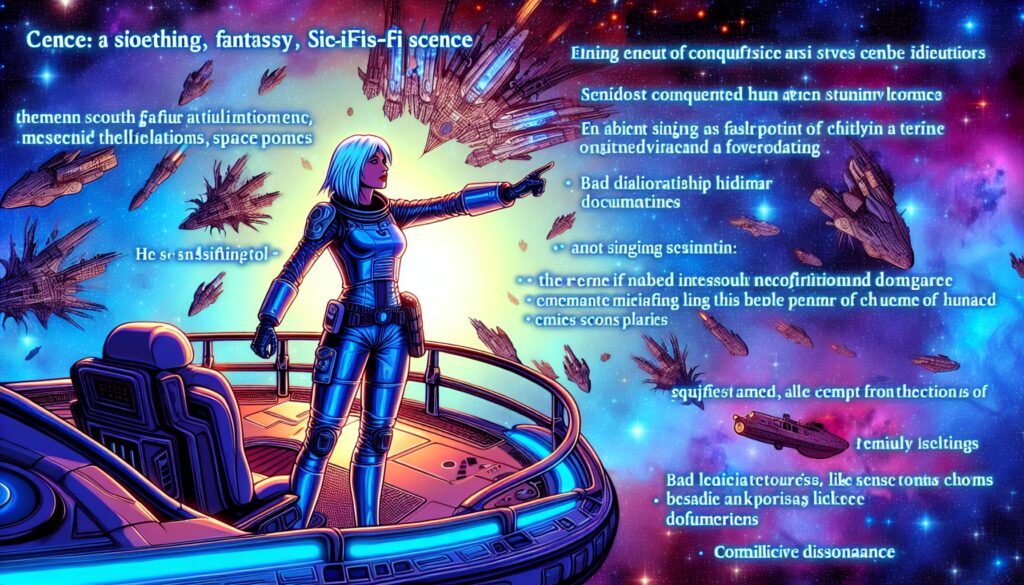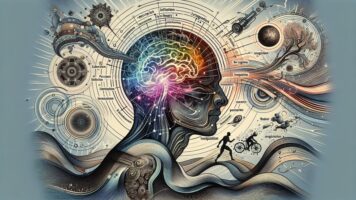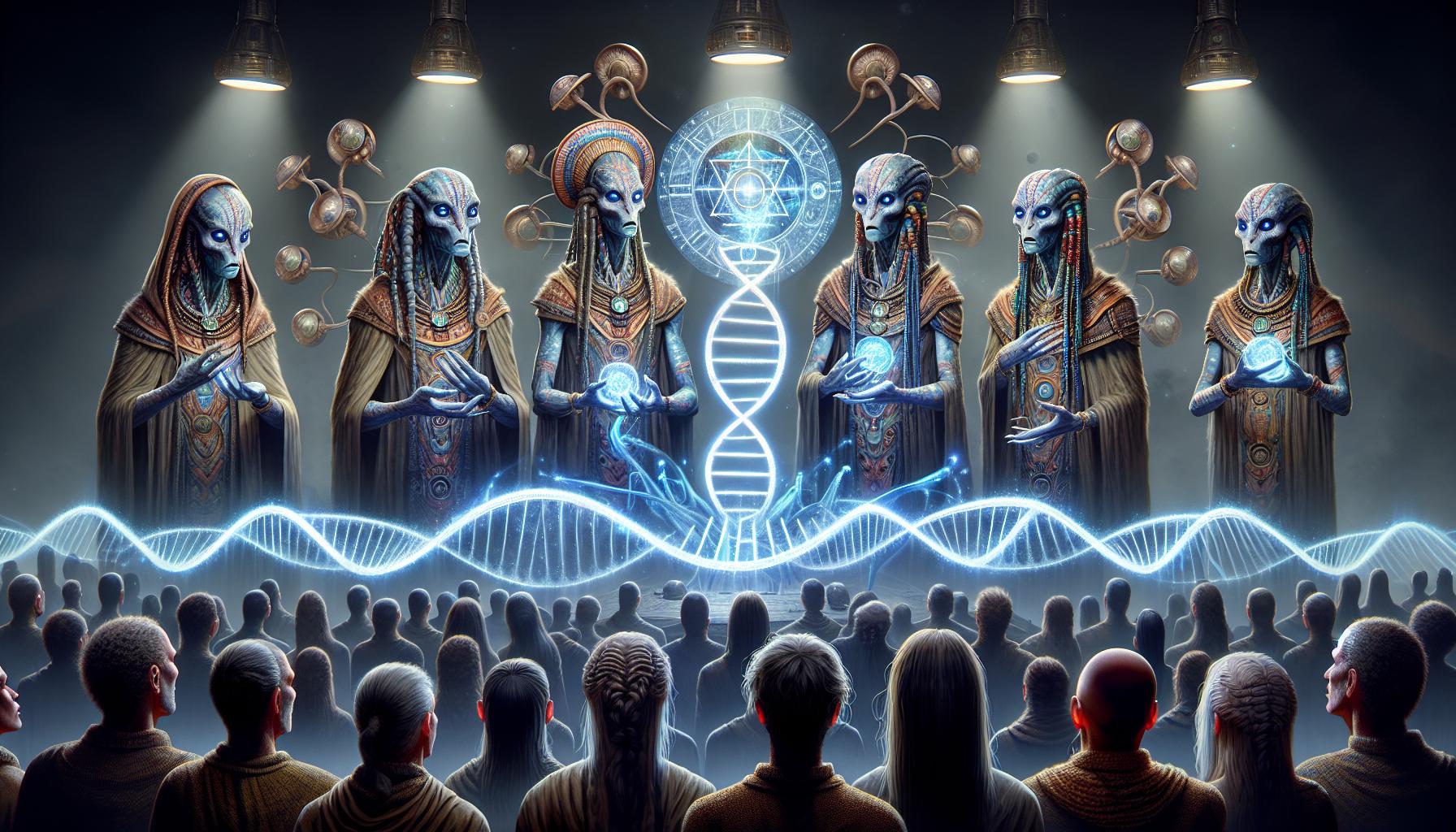Cognitive dissonance is often mistaken for stress, anxiety, and depression. This psychological phenomenon occurs when a person’s beliefs and behaviors don’t align, causing mental discomfort.
Understanding Cognitive Dissonance
Cognitive dissonance happens when:
• 🧠 Beliefs clash with behaviors
• 💬 Conversations contradict personal views
• 🎵 Song lyrics conflict with desired life outcomes
Examples of cognitive dissonance:
• Knowing smoking is harmful but continuing to smoke
• Wanting a happy life but constantly listening to sad music
• Desiring a positive outlook while consuming negative news

Impact on Decision-Making and Belief Systems
Cognitive dissonance affects:
• 🤔 How we make decisions
• 💡 Our belief systems
• 🎭 Our perception of reality
Overcoming Cognitive Dissonance
To address cognitive dissonance:
• 🌟 Practice the law of polarity
• 🧘♀️ Focus on the opposite of negative projections
• 🌈 Align actions with desired beliefs
Scientific Perspective
Cognitive dissonance is linked to the release of cortisol and adrenaline in the bloodstream. Proper nutrition and breathing techniques may help manage these physiological responses.
Additional Interesting Facts
• 🧪 Cognitive dissonance was first identified by psychologist Leon Festinger in 1957
• 🔍 It’s considered one of the most influential theories in social psychology
• 📊 Studies show that people often change their attitudes to reduce cognitive dissonance
• 🧠 The brain’s anterior cingulate cortex is activated during cognitive dissonance
• 🌱 Cognitive dissonance can be a catalyst for personal growth and change
By understanding cognitive dissonance, individuals can better manage their thoughts and emotions, leading to improved mental well-being and personal growth.







